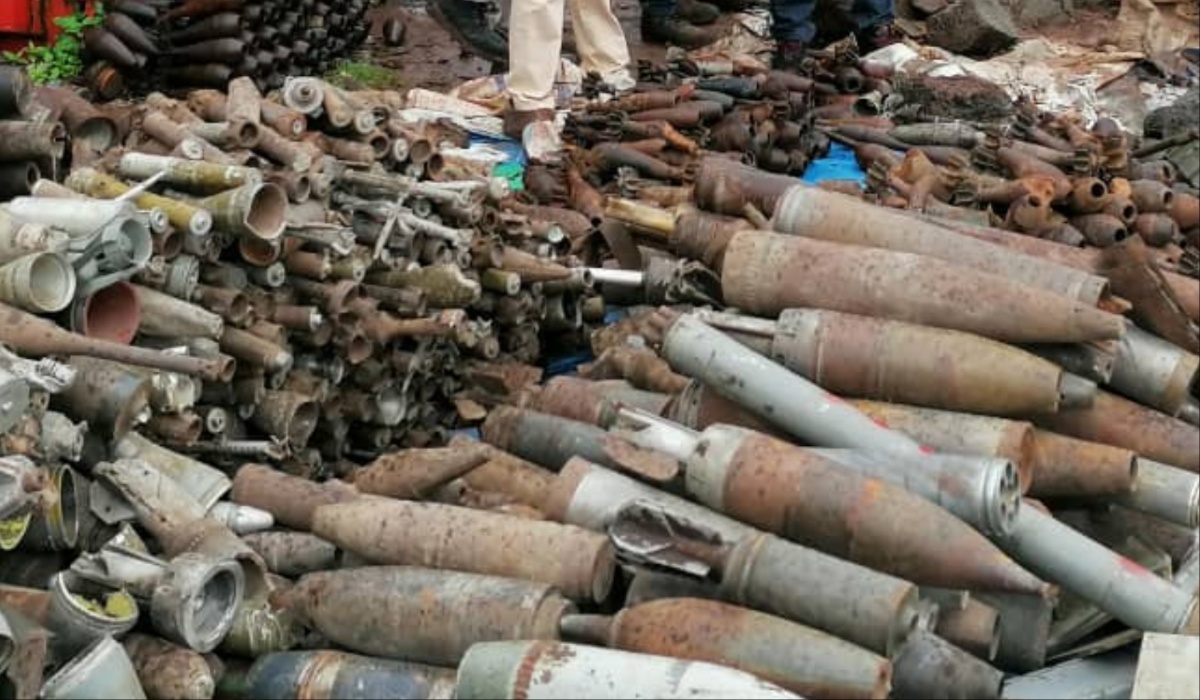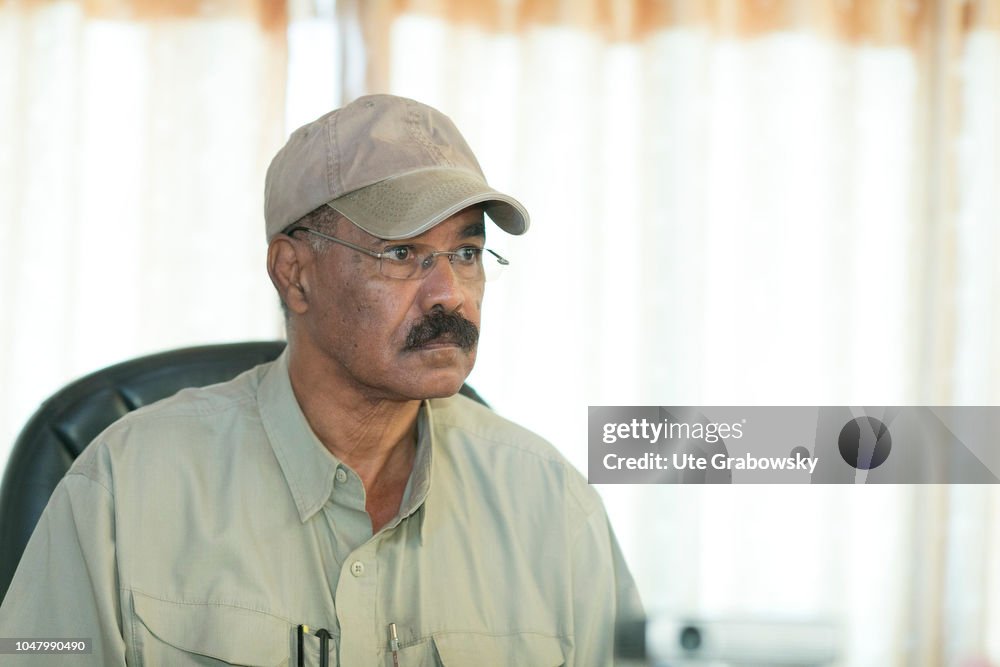Farmers in Kola Tembien in Central Tigray, one of the major battle grounds during the two years destructive war between Ethiopian government and the Tigrayan forces are unable to get back to their livelihood, farming, even seven months after the war was ended through negotiated settlement, as a result of landmines and explosives buried in the area during the war.
According to the UN’s Mine Action Service (UNMAS), totals of 726 square kilometers of land in Ethiopia remain contaminated of landmines and explosive remnants of war (ERW) from several internal and international armed conflicts occurred throughout the country’s history.
The recent war in the country’s North has added new explosives contamination that poses an immediate threat to life and livelihoods, the UNMAS said in 2022.
“Over 280 casualties have been reported in Northern Ethiopia since the beginning of the conflict, although not all cases have been verified – but it is believed that many other accidents go unreported. Initial analysis shows that children make an alarming majority of casualties (57%),” it stated.
A latest report issued months ago by the Tigray Humanitarian Action Unit and non-governmental Rehabilitation and Development Organization (RaDO) on the status of landmines and ERWs in Tigray, said hundreds of people died and hundred others injured following incidents of explosion of ERWs.
The report which was obtained and reviewed by Addis Standard notes that plenty of landmines and explosive remnants of war, light and heavy weapons remain in areas where active military engagements took place and, are putting lives of people at a great risk.
90% of the total incidents have occurred in remote rural areas and 45% of the explosive stricken areas are farmlands, the report added.
In Kola Tambien, three individuals have lost their limbs and several animals have died following multiple such incidents in a local village in the district, according to Gezahegn Ambiza, the village chief.
“Eights households are completely unable to farm for the third consecutive years, while others’ farming activities are partially limited due to the explosives. We reported to the regional agriculture bureau but, didn’t get response as of yet” said Gezahegn.
Gebremedhin Gebrehiwot, 30, a farmer, owns hectares of farm land which he used to plant wheat, barley and other cereals before the war. Despite the return of peace to the once battle ridden area since November last year, he is unable to return to farming given the fact that the area hasn’t been cleared of explosive remnants.
“I cannot resume farming, unless the explosives are removed from my farm land by professionals. This has made me and my family suffer from socio-economic problems. I am now working as a daily laborer to ensure the survival of my four children because I have no other option, and it is psychologically traumatizing. Besides, I have fears it may explode one day and kill my children,” Gebremedhin said.
“The rainy season has already started, and farmers should have been on their farm lands by now, we need a timely solution before the season ends,” Gezahegn noted.
Even though there is no comprehensive survey, farmers in other parts of Tigray are enduring same problems. Atakilti Arefe, economic adviser and agriculture coordinator at the Eastern Zone in Tigray told Addis Standard that, countless hectares of farmland remain uncultivated in the zone, explosives threats being one of the reasons.
According to Atakilti, farmlands remain dry in districts of the Eastern Zone such as Irob, Bulemekeda, and Gantashum are among other districts, whereas in other areas, farmers need agricultural inputs including oxen, seeds and fertilizers etc. because most of their properties were looted and destroyed during the war.
This has exacerbated the already dire food crisis, and there is high demand for food aid, amidst suspended food aid distribution, Atakilti added.
In September 2022, UNMAS said it seeks $2.5 million to scale up its humanitarian mine action intervention in Northern Ethiopia and provide the necessary technical assistance and capacity development intervention for the Ethiopia Mine Action Office.
(source: Addis Standard)



